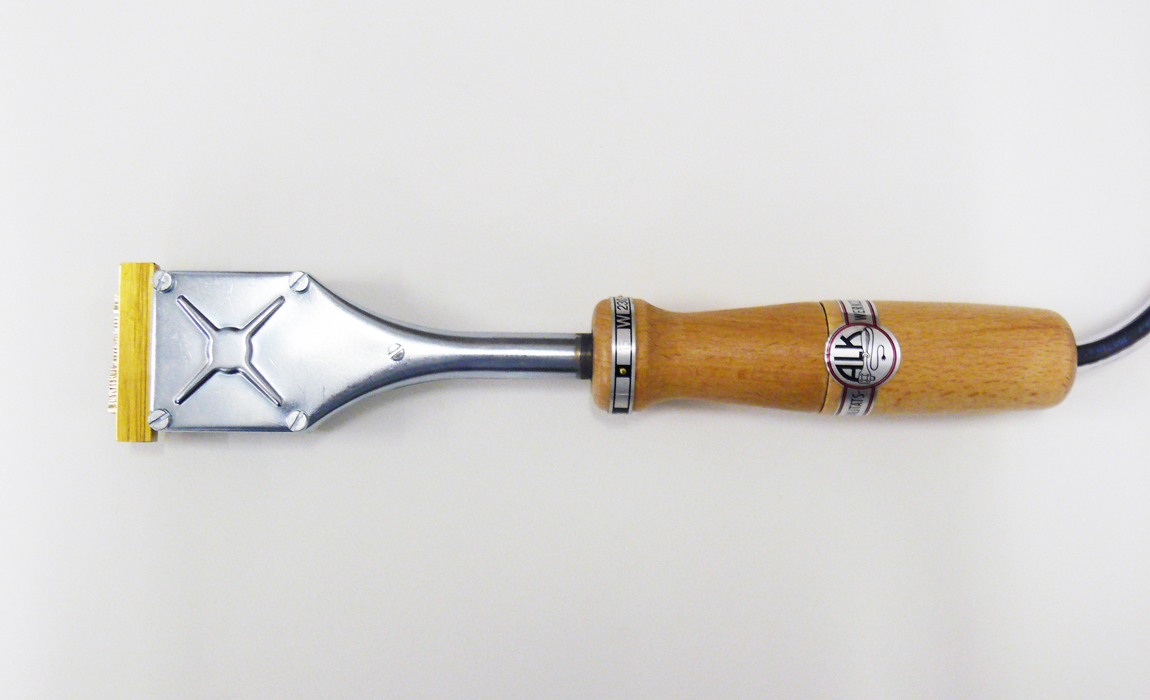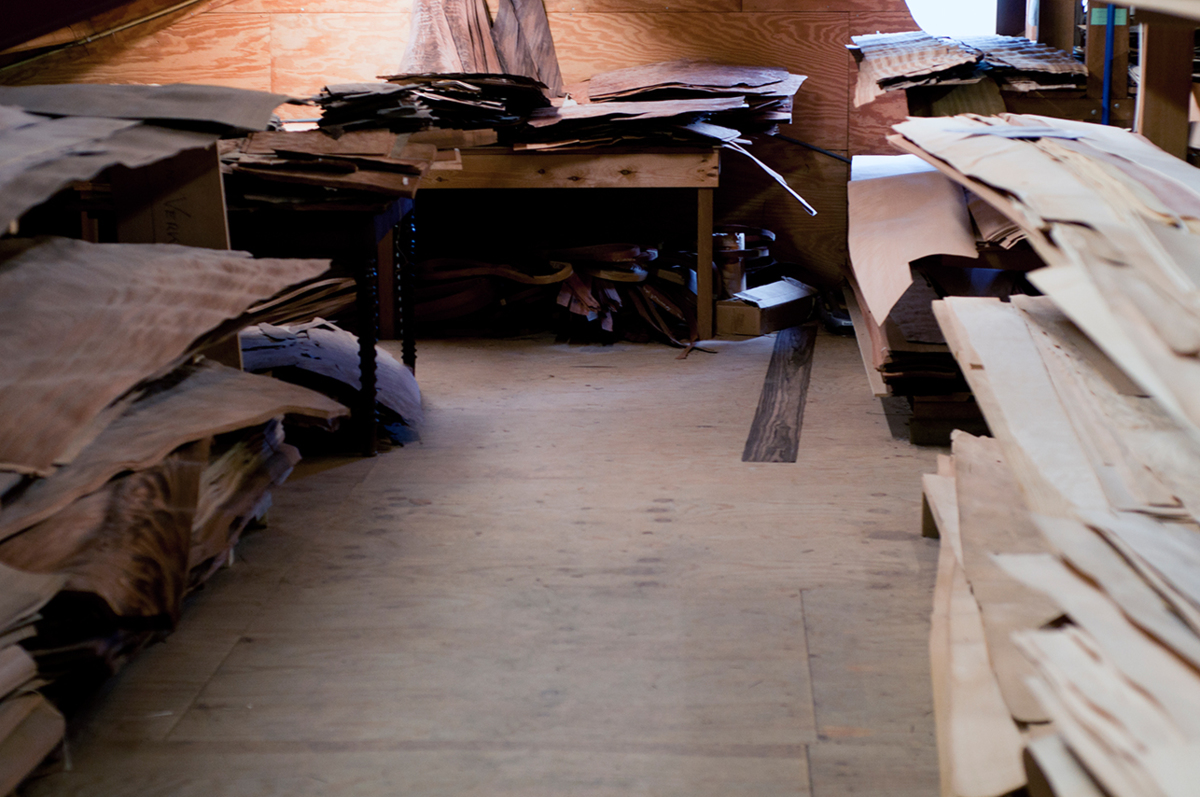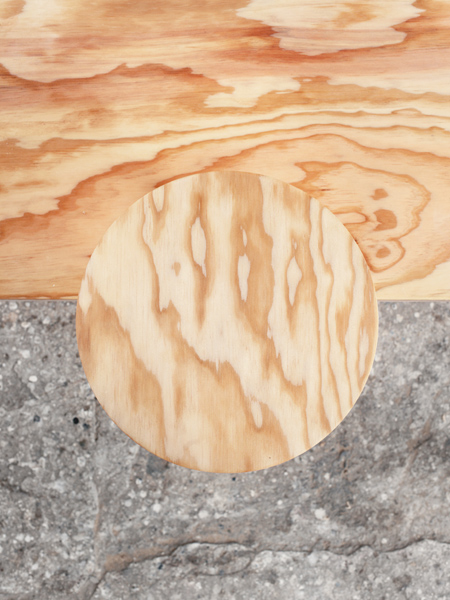Diptych
New Window × Lex Pott
The Diptych products are for sale in our shop.More information about the Diptych collection (press release and hi–res images) on our press page.
Matchmaking and much more
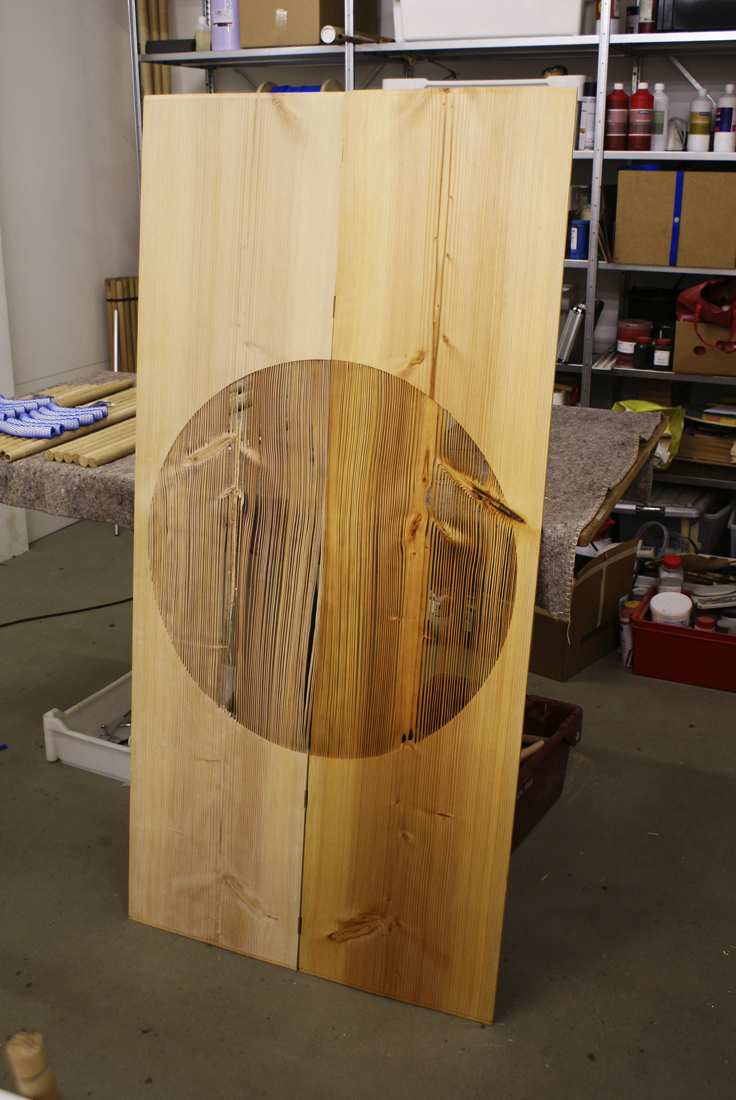
This week we finished and refined all the functional products in the Diptych series. Find out about how we got the matches to make fire, the cabinet to close beautifully and the room divider to show us the heart of the tree.
Adding some functionality
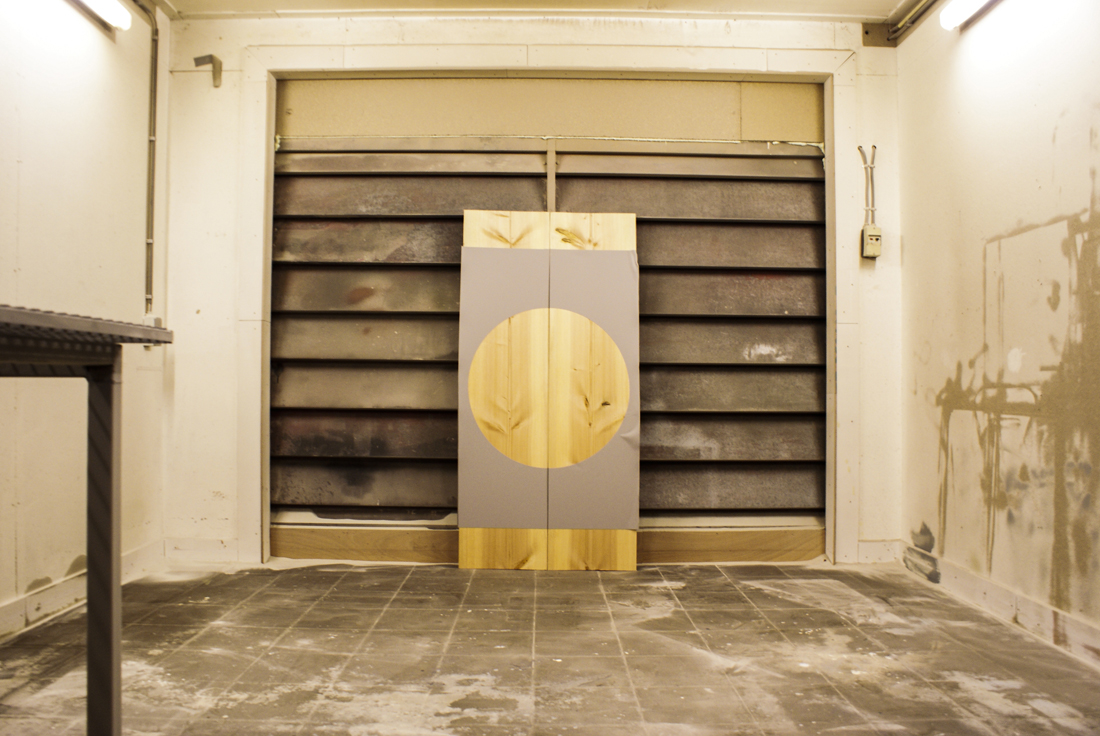
It is time to reveal the products that will complete the Diptych series and we share a small disappointment.
Finishing up
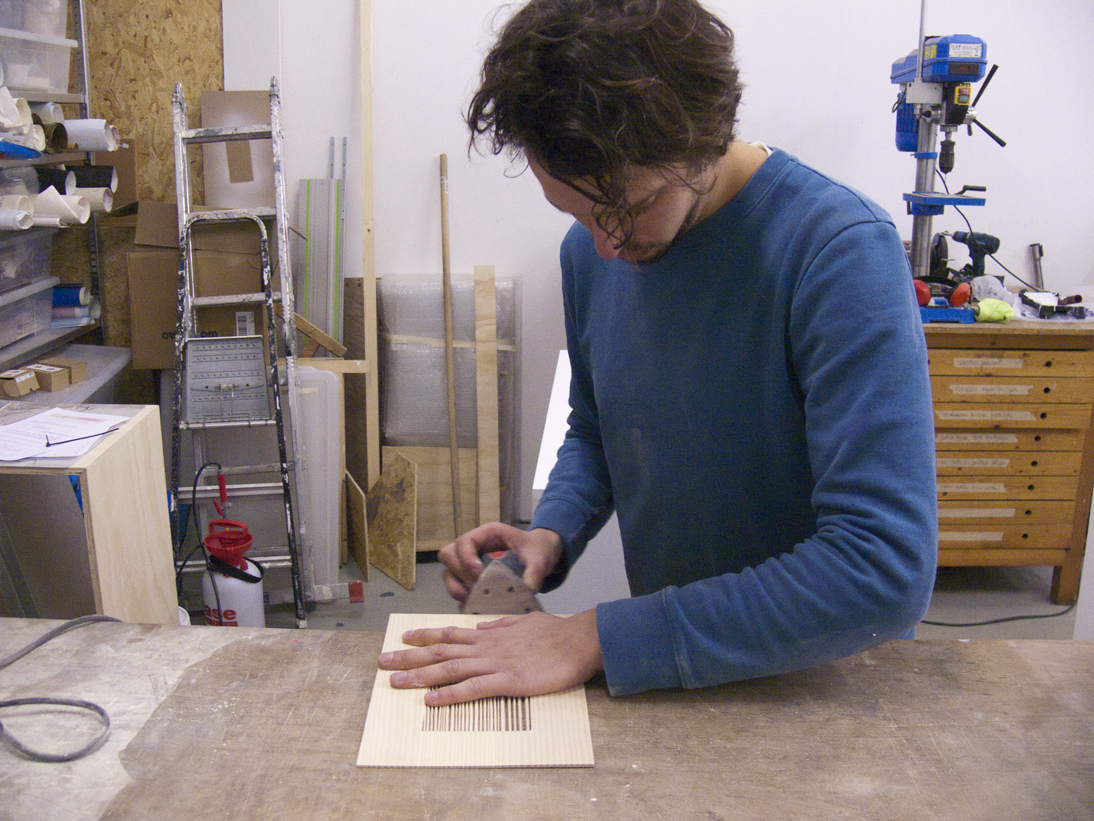
This week, we dedicated our time to some important finishing touches. We polished up our wood and made some aluminum frames at a metal workshop in Hilversum.
Approaching the launch
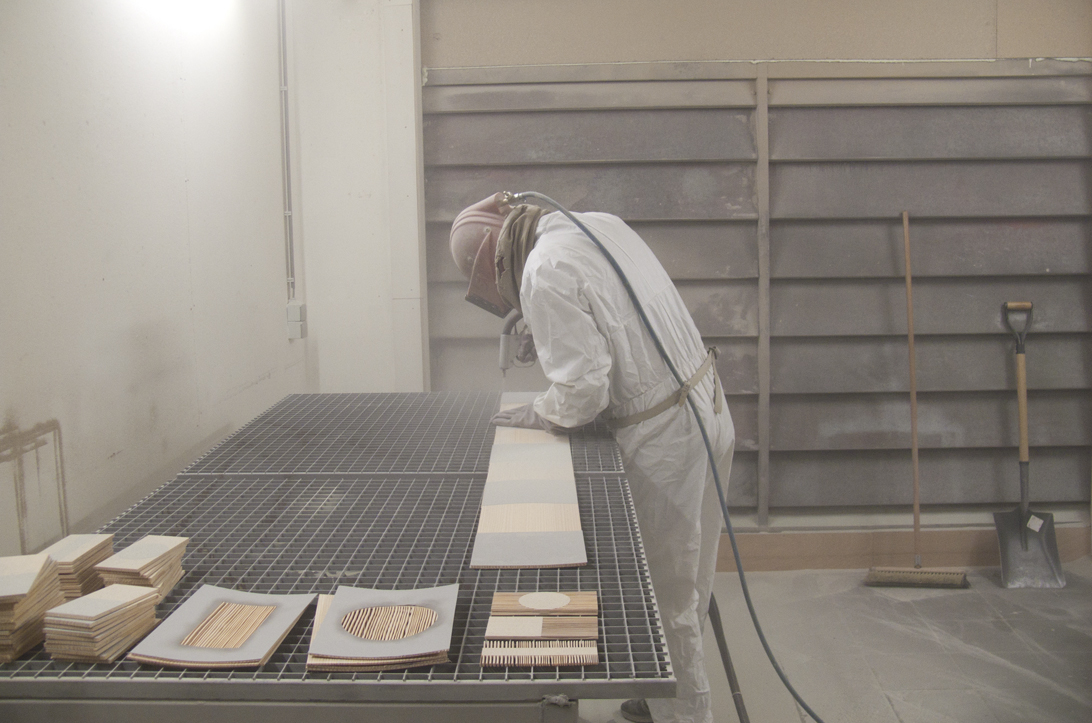
Approaching the launch of Diptych, last Thursday was a day to make some big steps.
Scarcity through perfection
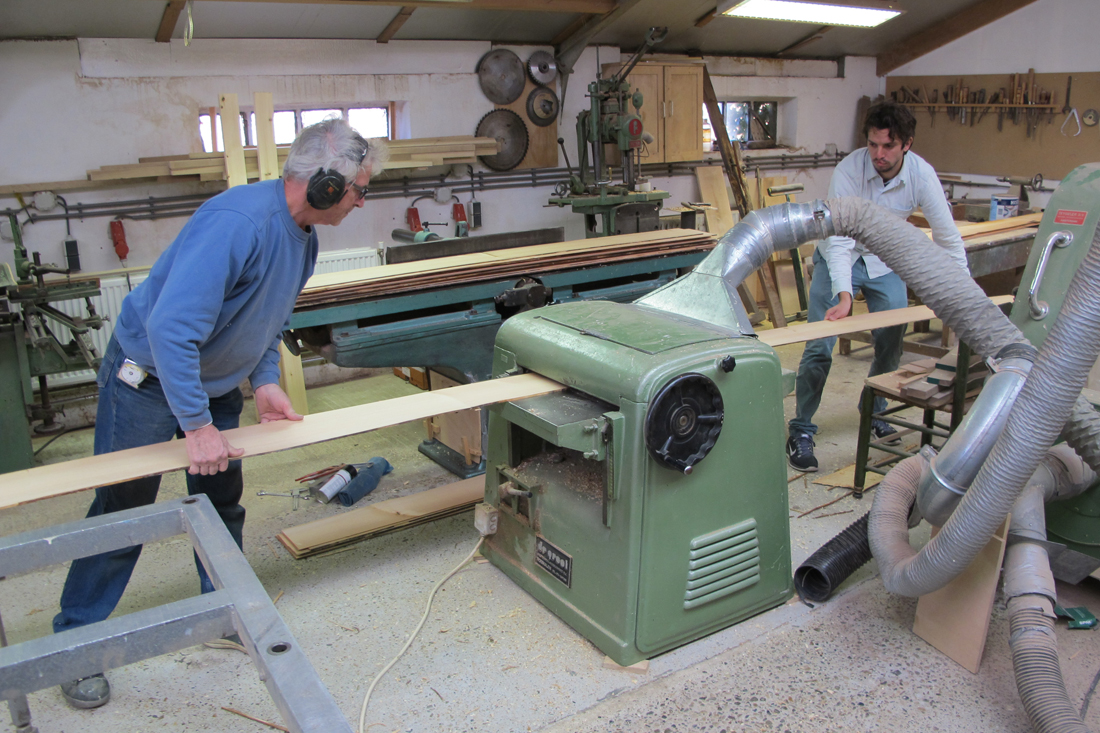
Last Friday we acknowledged the importance of spotless wood and decided to present a third product of the Diptych series at Object Rotterdam.
A name
Originally, the word diptych was used in reference to a specific kind of painting consisting of two different parts that are connected with a hinge, usually depicting a Biblical scene. Small diptychs could be folded in two to function as a portable altarpiece. Nowadays, we also use the word to describe something that consists of two elements that complement and reinforce each other.
Our copywriter Sarah first used this word in a post written in late October. It somehow stuck with us, as it slowly became clear in how many ways this term applies to our project. First of all, we have the sandblasted annual rings and the parts of the object that we leave in their natural, untouched state: a contrast between nature and the human hand. Then there are the shapes in the object itself: irregular, organic forms and strong geometry, open and closed. And last of all we find a diptych in Lex and Woes, the founders of this project - a project that we now have a name for.
On cows and trees
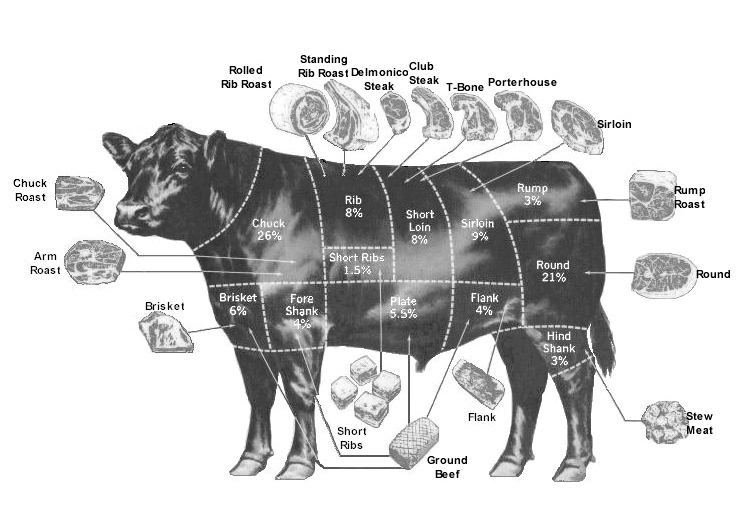
Just as one cow yields a certain amount of meat, our Douglas fir provides wood for one series of products. Furthermore, an estimated date for the launch of the objects is set.
Finally, designing again
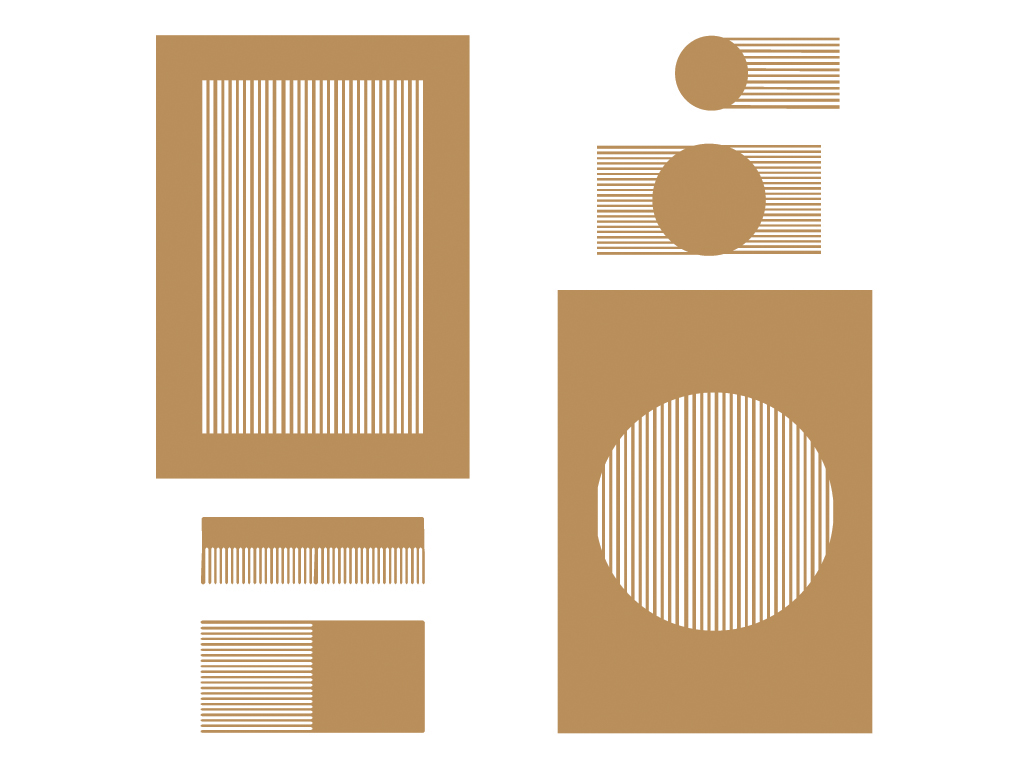
After weeks of examining trees, cutting, sawing and driving around with our material, the wood is resting at Bijzondere Meubels and Lex finally has some time to spend on the designs. A peek at some thoughts that went through his mind while being in the stu
The right humidity grade is key
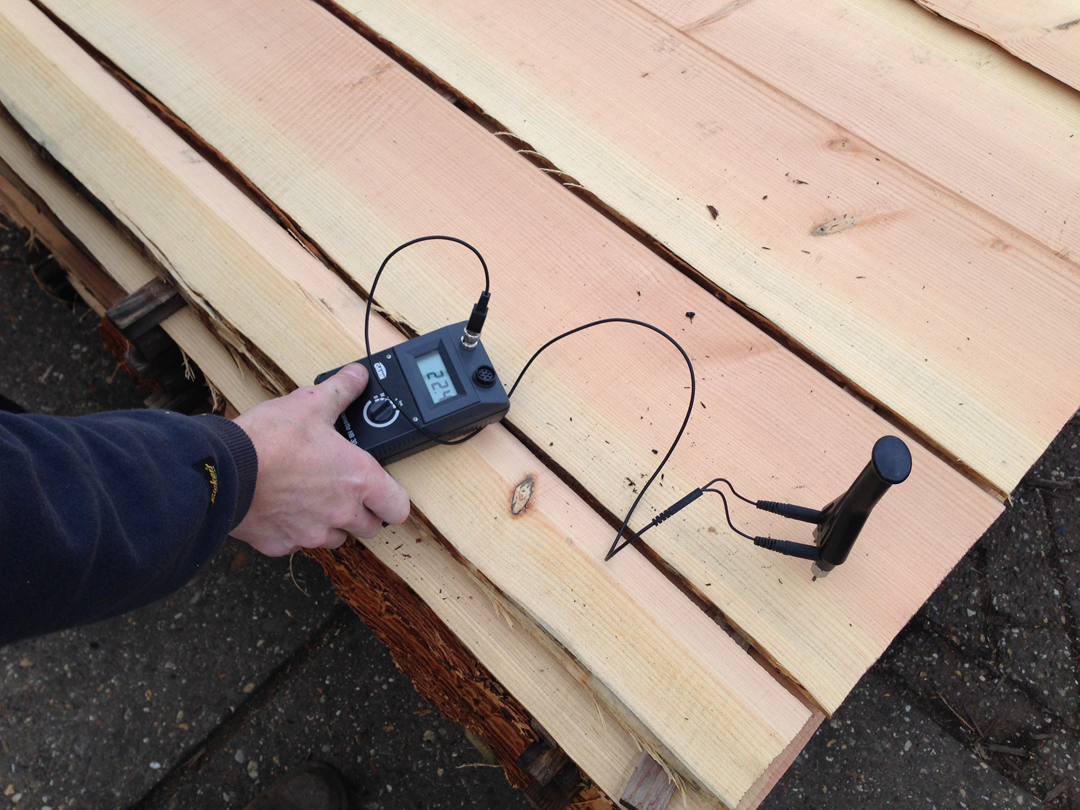
Our wood has had some time to rest at Harrie van Rooijens' sawmill. Today we returned to Echteld to pick it up and transport it to a different location, where some final preparations will be done before bringing it back to Amsterdam. But first, we were very curious to see how our wood has held up in the past couple of weeks.
Choosing, cutting & sawing
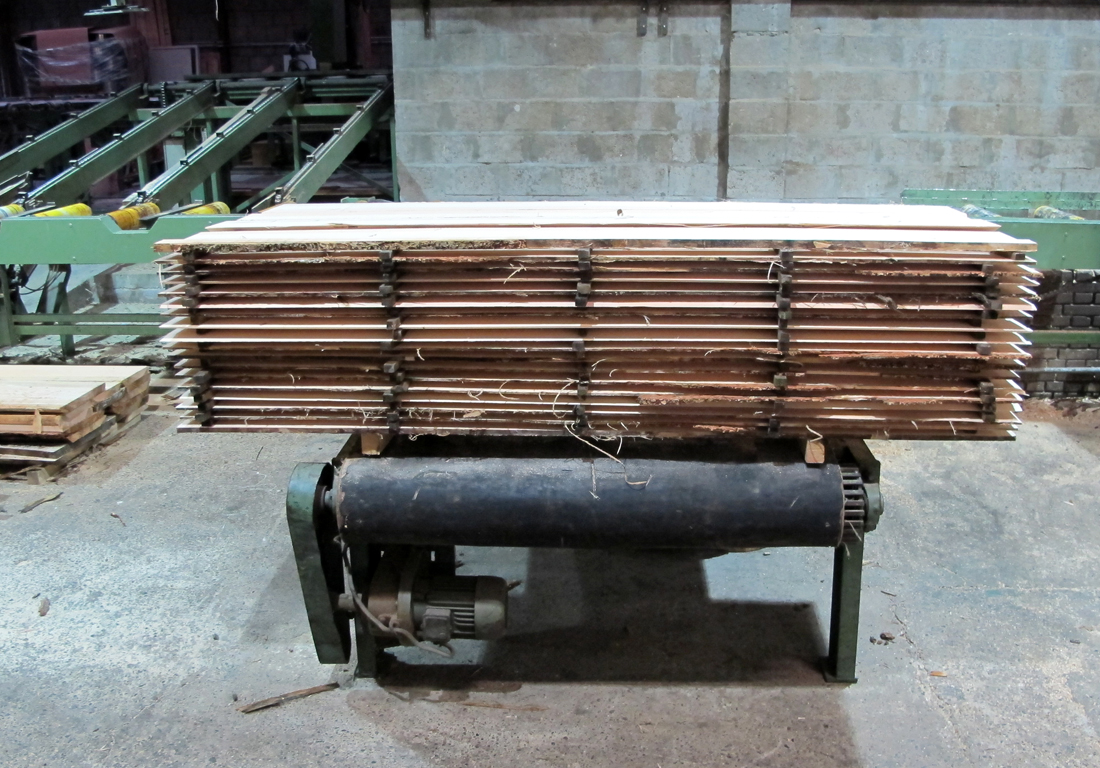
Last Tuesday we returned to Echteld to choose a Douglas fir that met our requirements, and do the majority of the sawing. It was a long afternoon with satisfying results.
Slow down
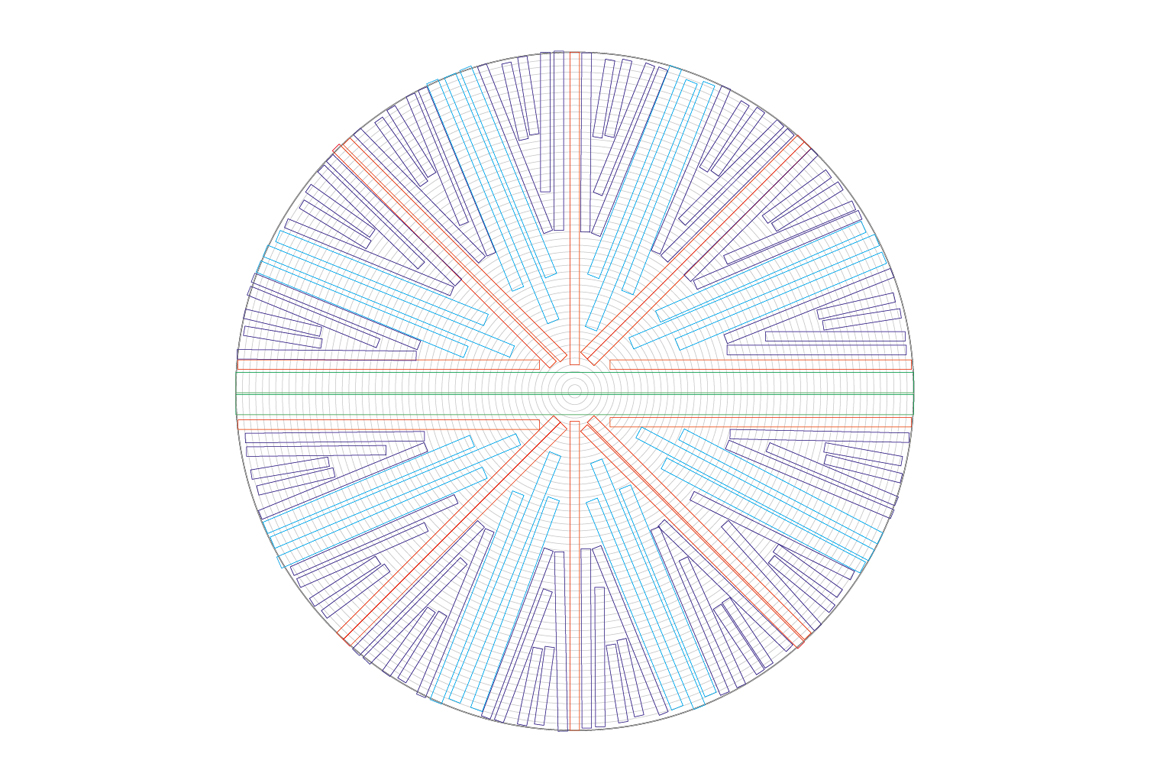
After some disappointing results of last weeks try-outs, we realized it might be necessary to make big changes in the design of the disc - which again did not turn out as we hoped it would. In the meanwhile, bigger steps are being made in the development of so
Unforeseeable moves
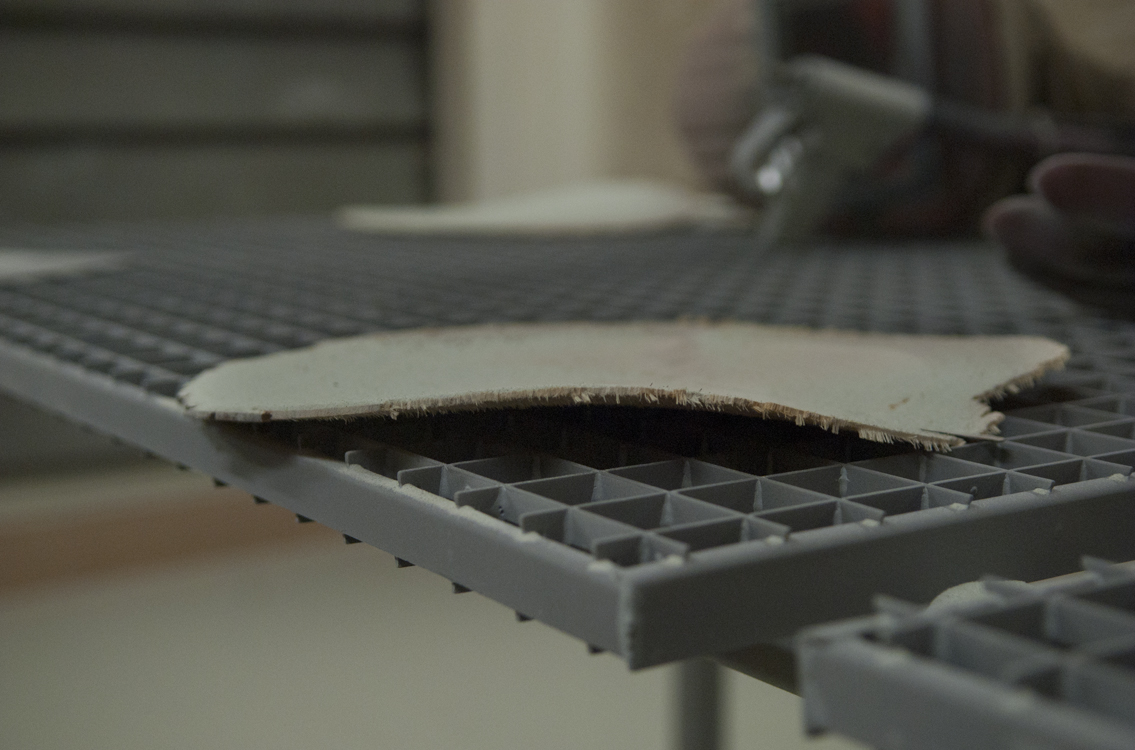
A new day at the sawmill and the studio to experiment and find solutions. Even though we had already spent quite some time with our wood, we found out it still had not unveiled all its secrets to us.
Mixed results
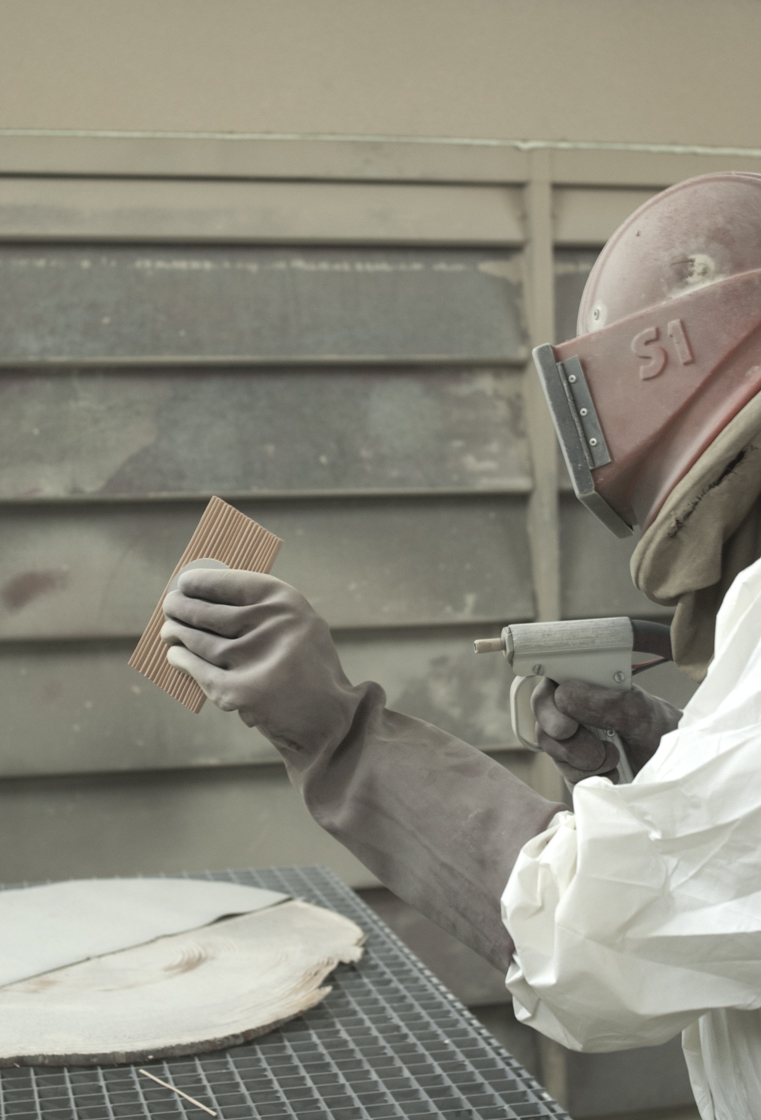
This week we went into the sand blasting studio to create some new prototypes - some of them left us stunned, others were slightly disappointing.
Quarter sawing
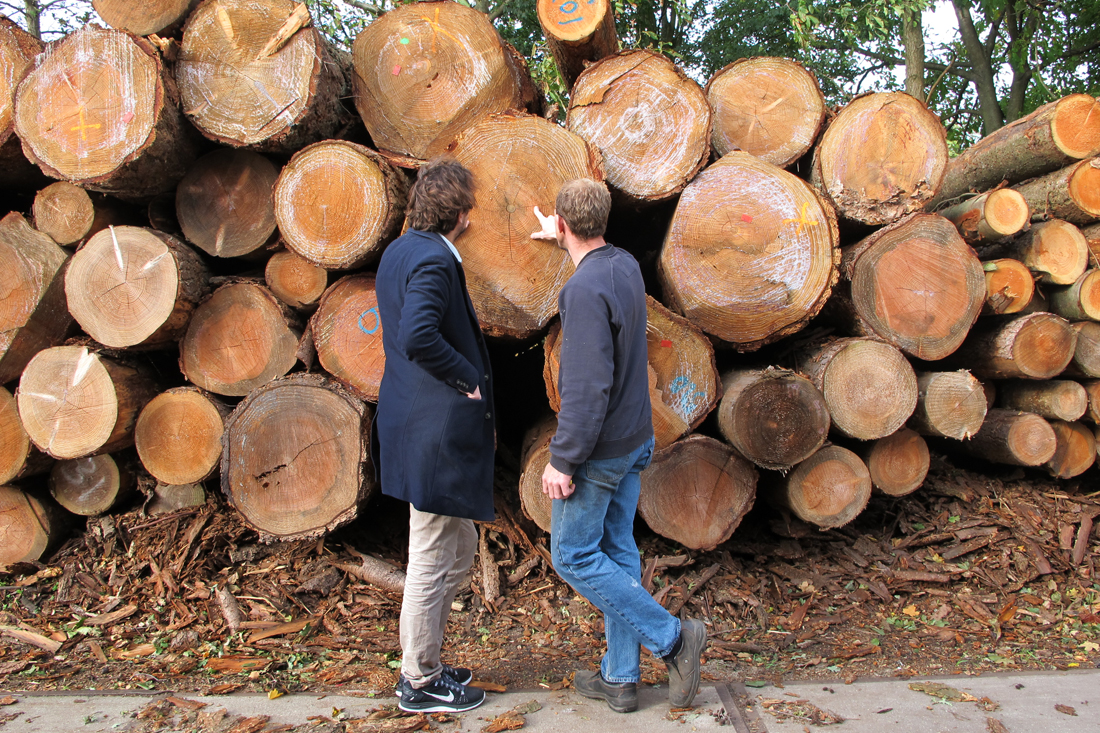
To make sure the annual rings will be visible in the objects we are planning to make, we need to cut the wood in a special manner: with quarter sawing. It is quite different from the way wood is usually processed, and not many sawmills in Holland own the
White and grey
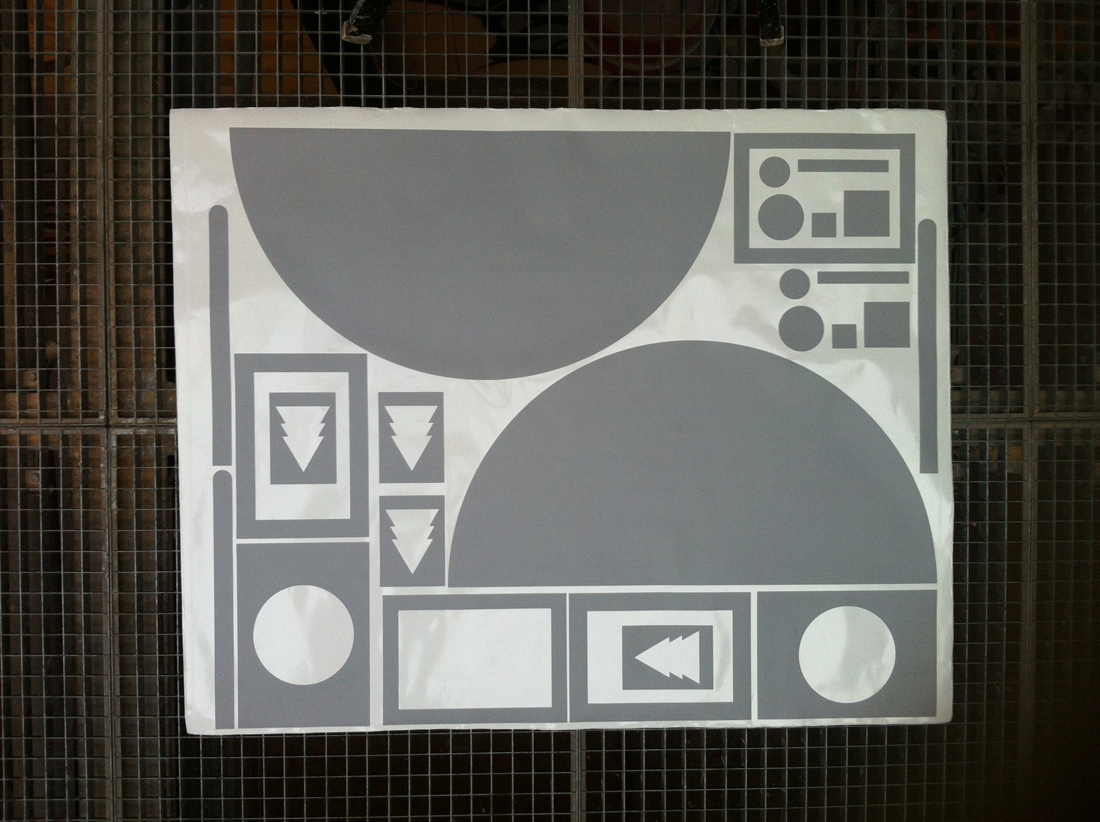
The sand blasting stickers are here, which means we are ready to start making the first prototypes. These stickers show the negative space of some of our designs in development: the grey areas will protect the wood, in order for it to stay intact. The white space is where the sand will be able to open up the wood's natural structure.
Diptych
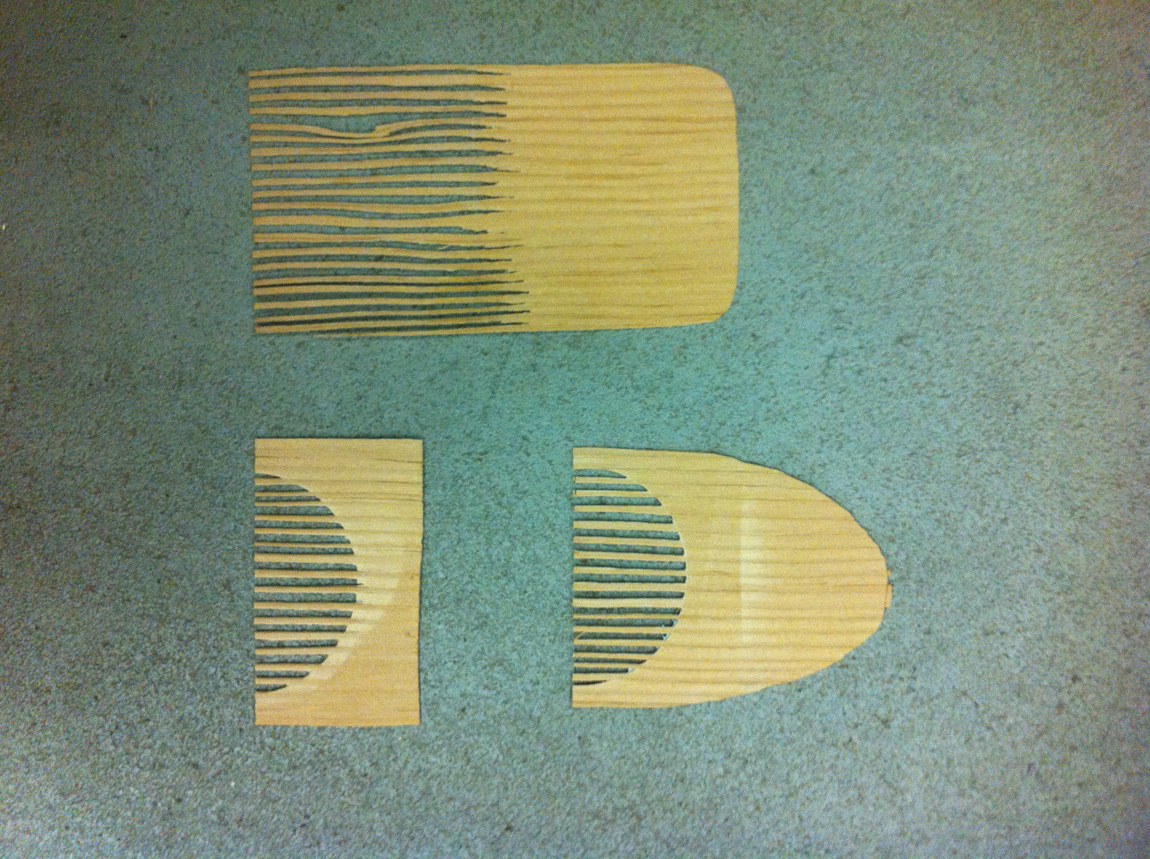
During the tests I did last week, with which I tried to explore the many possibilities of sand blasting on wood, I stumbled upon two restrictions that we have to keep in mind during our future steps. Sand blasting opens up the woods' hidden layers by removin
The inner essence of wood
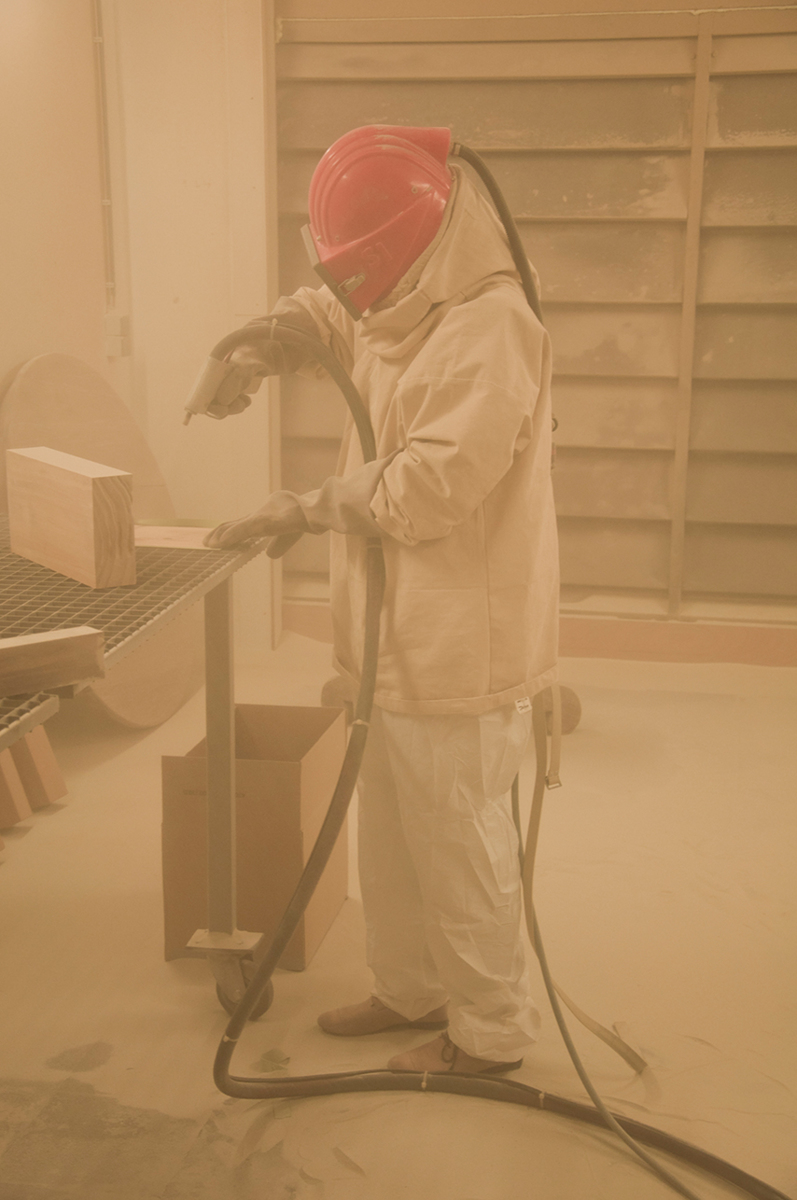
Woes: Shortly after we chose to pursue the wood direction, you suggested sand blasting the material. How did you come up with this idea?
Lex: For the Dutch Ministry of Finance I made a design proposal for a commemorative coin on the occasion of the
Meeting with a tree specialist

Recently we chose the wood direction, focusing on the materialization of time, the structure and patterns of the annual rings. We did some research, mostly on the internet. To double check the facts about wood and get more detailed information we made an
Focusing on wood and its materialization of time
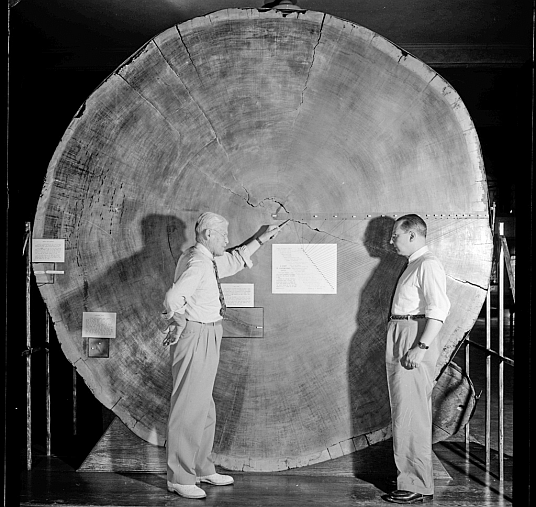
Edward Schulman (left) discusses the rings of a giant seqouia sample with a colleague at the Laboratory of Tree-Ring Research. Courtesy of Laboratory of Tree-Ring Research, The University of Arizona.
Reflecting on Lex’s directions
The suggestion of a mirror reminds me of one of your current projects—the Reflection series for Design Exquis. Therefore, I feel this angle would be more fitting as a spin-off within that scheme.
Critical Objects. Photo: Patrick Desbrosses.
Three directions
After having done some research and let my first thoughts sink in, I’ve identified three possible directions in which we could move.
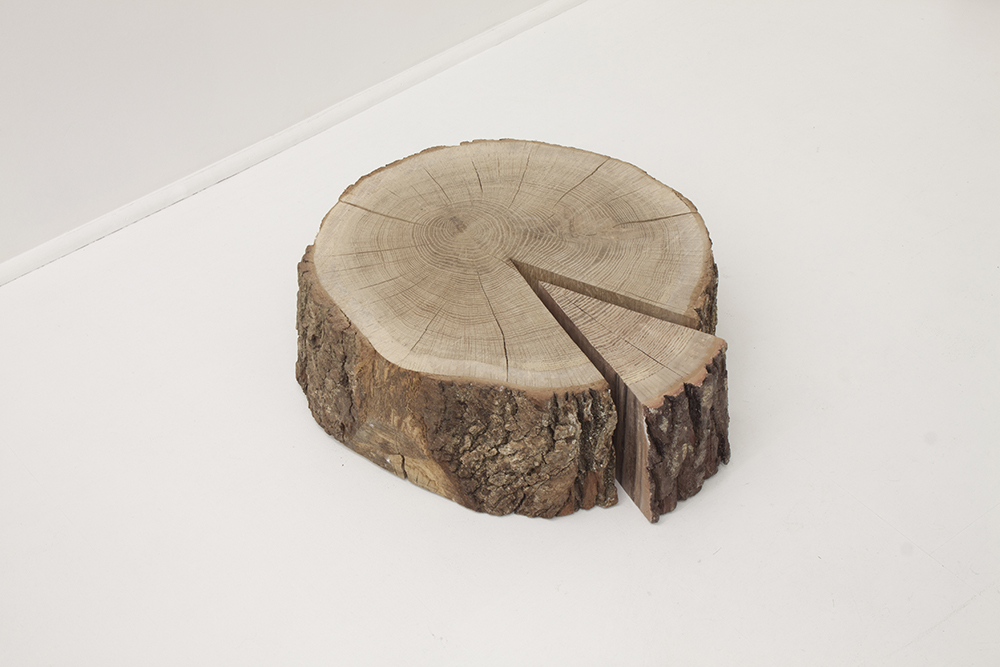
Thomas Cristiani & Antoine Roux, 2013.
Inspiration from London
Some inspiration images made during my recent trip to London, visiting the Victoria & Albert Museum and Tate Modern.
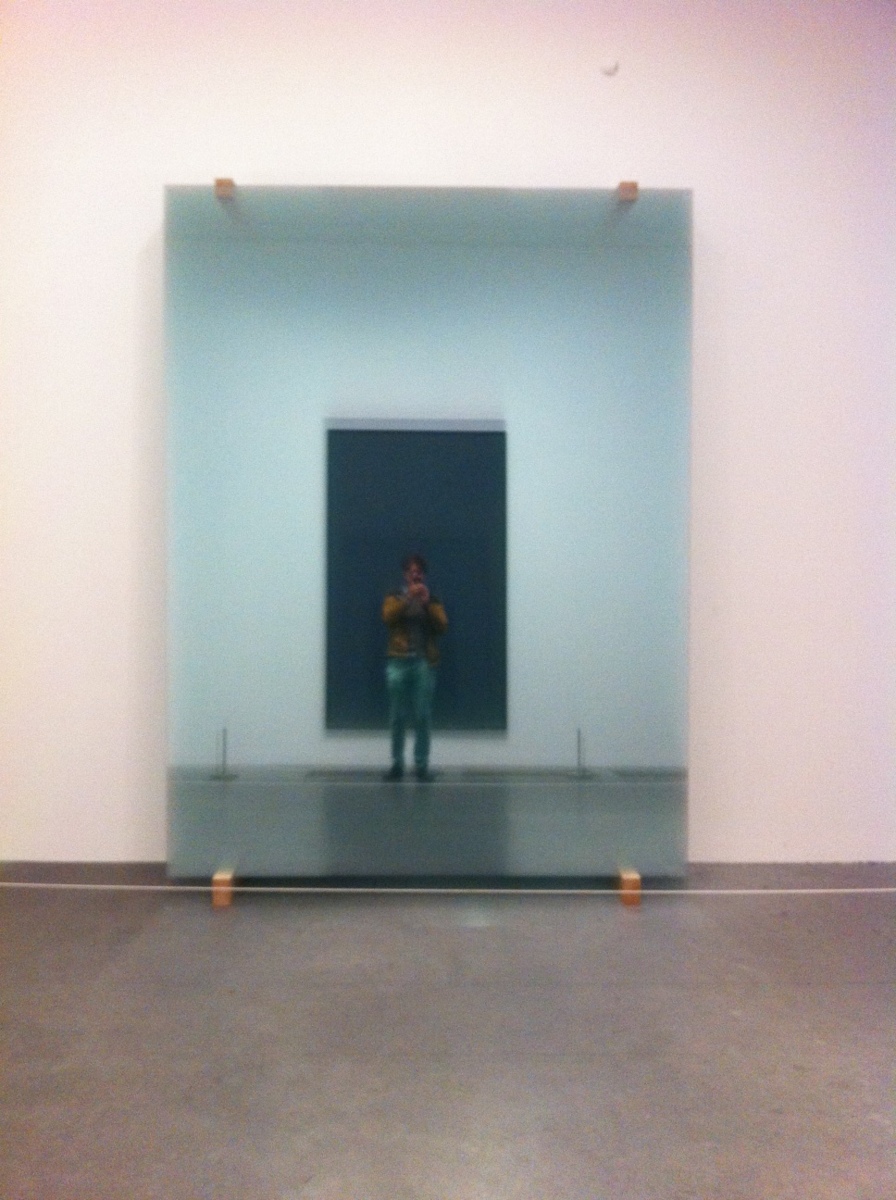
Lex’s first spark
What I like about our collaboration is the opportunity to show the unpolished design process from A to Z. Normally I present a final object together with its design story in one package. In this case, those interested can catch a glimpse of the real world behind the creative process. I also like the tension this brings; the vulnerability that comes with showing your cards from the start.
My intuition draws me towards the use of stone or wood. I would like to explore the rich history of these materials and place it in a contemporary context. For instance: in the Netherlands we still have craftsmen that skillfully process wood and stone.
Lex
Meet the first participant
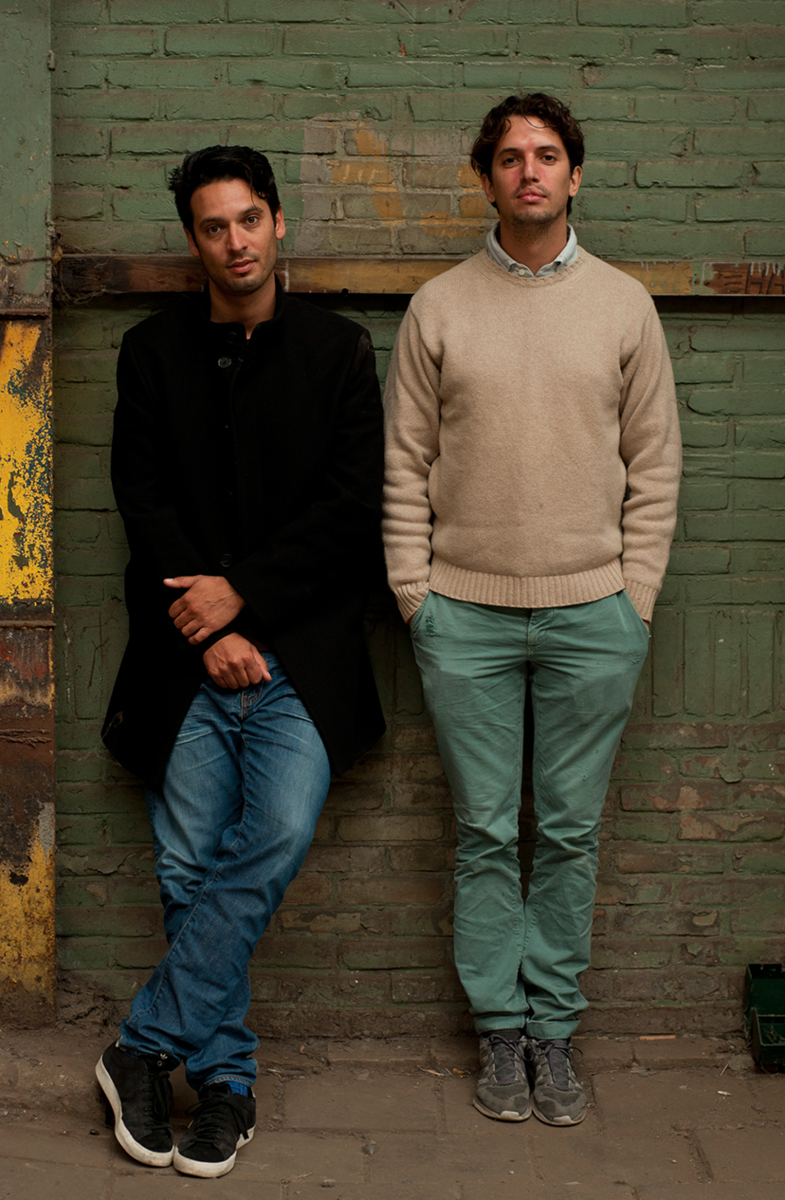
Woes and Lex. Photo by Kathrin Zelger.
Designer Lex Pott (1985) employs a raw and intuitive method that could best be described as ‘research’. In his work, he investigates materials found in nature —wood, stone, metal— and their natural course. This approach of zooming in on materials, thereby uncovering their essence, very much tallies with the philosophy behind New Window.

